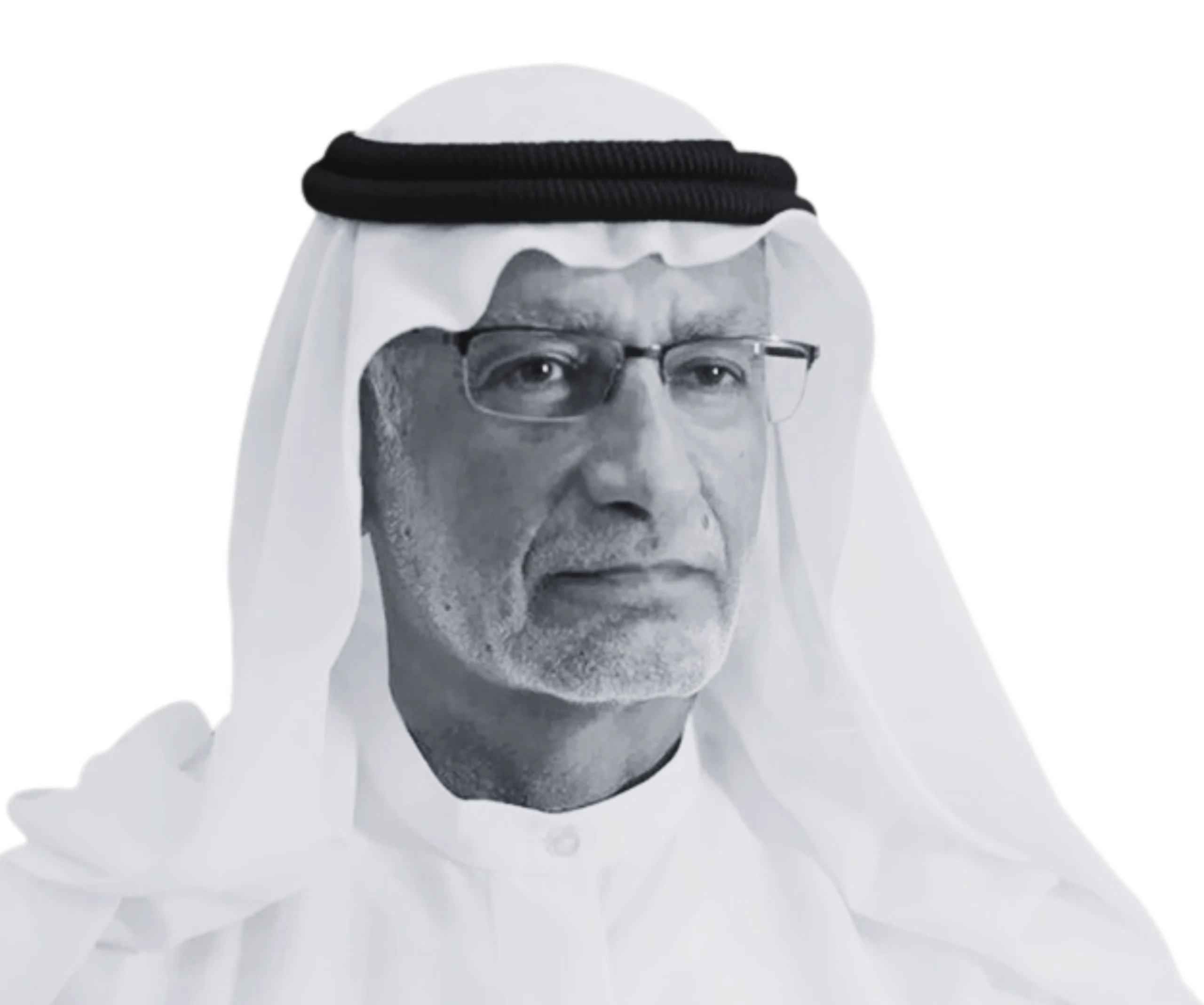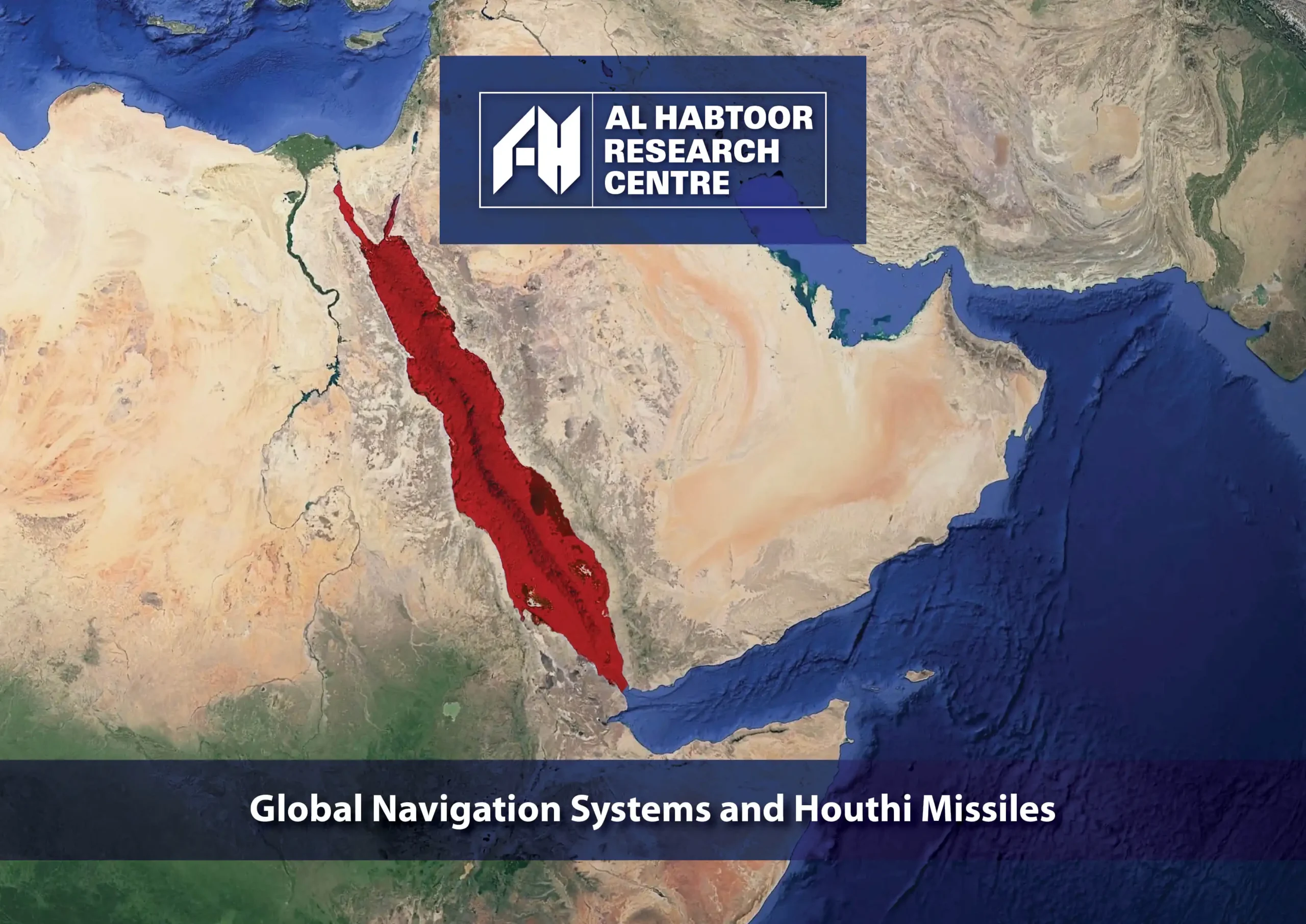The war of extermination carried out by Israel against Gaza is now set to enter its second year, with no apparent signs of an imminent ceasefire. The continuation of this war, coupled with escalating regional tensions, paints a grim picture of peace prospects in the Arab world. Doors that were once considered pathways to peace are now seemingly closed, and the chances of reopening them appear increasingly slim. Day by day, the scope of this tension continues to spread, extending far beyond the immediate theatre of war in Gaza. The war has already led to the martyrdom of more than 40,000 civilians, while around 2 million Palestinians have been displaced, starved, and subjected to a dire humanitarian crisis. The bloody events of October 7 set off a firestorm that remains hard to put out, leaving the region engulfed in a whirlwind of uncertainty, with no end to this volatile situation in sight.
Consequently, peace seems unattainable at present, especially in light of the failure of mediation efforts led by Egypt, Qatar, and the United States (U.S.) to broker even a temporary truce. All available evidence points to a region entrenched in a state of perpetual war, driven by the Israeli government’s rigid stance under the leadership of Prime Minister Benjamin Netanyahu. Netanyahu's refusal to heed calls for peace has been instrumental in perpetuating the conflict, while the deep internal divisions among Palestinian factions further hinder any meaningful strides toward peace. In parallel, the U.S.’s unwavering political and military support for Israel has exacerbated the situation. This was most notably reflected in the U.S. administration's decision to send massive arms shipments to Israel and its vetoing of UN Security Council resolutions aimed at halting the war. America's entrenched bias complicates the prospects for peace, further compounded by the chronic weakness of Arab political and diplomatic efforts. These efforts often met with disdain by Israel, have failed to push forward an Arab peace initiative that could otherwise serve as a framework for dialogue.
The Israeli side possesses the capacity to pursue peace, yet it remains disinterested, acting instead according to the logic of force, violence, occupation, and the relentless expansion of settlements. This approach is further emboldened by the unfaltering and unrestricted military and political support it receives from the U.S. On the other hand, the Palestinian side expresses a clear desire for peace, firmly advocating for the two-state solution within the remaining territories of historic Palestine. However, it lacks the ability to assert this vision, hampered by the internal fragility of its governing institutions, the ongoing factional divisions, and the absence of robust Arab or international backing that could lend it the necessary leverage.
Despite these challenges, this is no time for despair, whether in small doses or great. Pessimism cannot be afforded, especially given the pressing need to bring the Israel-Hamas to an immediate halt. The tragedy unfolding in Gaza calls for renewed efforts to seek out alternative approaches and fresh avenues for achieving peace.
The region stands at a crossroads, facing two distinct paths and no third alternative. The first is the continuation of the war, and the second is the pursuit of peace. The power to decide lies in the hands of the regional countries and their wise leadership, not with the forces of violence, extremism, or chaos. To navigate away from the trajectory of war, it is crucial to ramp up political and diplomatic efforts, seeking to escape the war tunnel and realistically explore avenues for peace. These opportunities often emerge from the depths of tragic events such as those witnessed on October 7, and within the catastrophic humanitarian crisis, a faint glimmer of hope begins to surface. This difficult journey toward peace, however, rests mainly on the shoulders of the U.S., which has become the pivotal actor in the region, holding what appears to be 99% of the cards alongside five key Arab states: Egypt, Jordan, Saudi Arabia, the United Arab Emirates (UAE), and Qatar.
Among these nations committed to regional stability, the UAE has recently unveiled a bold and comprehensive vision for the post-Gaza war period. This initiative is fully aligned with the UAE’s longstanding strategy of reducing tensions across the region. Whether it was through diplomatic engagements with Iran, Turkey, Syria, Afghanistan, or Israel, the UAE has strategically positioned itself as a central diplomatic force. Over the past four years, this "diplomatic bulldozer" has moved steadily in multiple directions, and it is now carefully preparing for the delicate and challenging post-Gaza phase with measured precision and foresight.
During the year-long Israel-Hamas war, the UAE concentrated its efforts on providing humanitarian relief, achieving the highest record in delivering medical and aid assistance. Its most recent contribution was leading a critical international campaign to supply 1.3 million doses of vaccines aimed at immunising approximately 600,000 children against polio. This significant medical initiative was carried out under extremely challenging logistical, security, and political conditions.
In parallel with its medical and food relief efforts, the UAE took the lead in presenting a clear vision for the post-war phase in Gaza. Notably, it was the first country globally to declare its readiness to deploy peacekeeping forces to the region. This initiative falls within the UAE’s broader vision of transitioning from a state of war to a phase of sustainable peace. The UAE’s proactive approach was encapsulated in six key points:
- Securing an official invitation from the Palestinian Authority to deploy peacekeeping forces in Gaza.
- The Palestinian Authority undertaking substantial reforms, including the appointment of a prime minister to lead a new, independent Palestinian government.
- The Palestinian Authority assuming governance over Gaza.
- Israel’s recognition and acceptance of the principle of a two-state solution.
- The U.S. assuming a central role in the post-war reconstruction and peace process.
- Most critically, a clear and binding American commitment to the establishment of an independent Palestinian state, formally documented in the UN Security Council.
These points are not conditions set by the UAE but rather a roadmap outlining the steps required to achieve lasting peace in the region. The strategy begins with the establishment of a truce and the cessation of war in Gaza, underpinned by a Palestinian civil administration supported by Emirati and broader Arab forces. This would, in turn, lay the groundwork for the eventual reconstruction of Gaza, fostering a foundation for long-term stability and peace.
However, amid the U.S.’s hesitance, Israel’s procrastination, and the Palestinian Authority’s inability to act decisively, the UAE, through its Foreign Minister Sheikh Abdullah bin Zayed, made it unequivocally clear that it is "not prepared to support the second day of the war in Gaza without the establishment of a Palestinian state." This statement conveyed multiple critical messages, chief among them the stark reality of how difficult it will be to achieve peace. It underscored that the region cannot have lasting stability without implementing a two-state solution, which remains the only viable pathway to resolving the world’s longest-standing regional conflict. Furthermore, it reaffirmed the UAE’s steadfast commitment to the justice of the Palestinian cause and its unwavering support for the Palestinian people's right to an independent state.
The UAE President’s visit to Washington this week carries a unified Gulf and Arab message, emphasising the urgent need for collective action to halt the catastrophic Israel-Hamas war. This visit signals the UAE’s intent to convey a clear message to the international community, stressing the necessity of coordinated efforts to bring an end to the ongoing disaster facing the Palestinian people.
The UAE is leveraging all its diplomatic efforts and political influence to break free from the entrenched cycles of war, conflict, instability, and chaos that have long gripped the region, steering instead toward the long-anticipated horizon of peace and stability. Achieving peace in a region that has witnessed four major wars between Arab nations and Israel, three wars in the Arabian Gulf, and more than 20 civil wars across Somalia, Sudan, Syria, Libya, Lebanon, Iraq, Yemen, and other parts of the Arab world requires unprecedented resolve and commitment.
The Arab region has, over the decades, become saturated with wars, with fires still raging in several corners. In response, the UAE has taken it upon itself to act as the "bulldozer of peace," aiming to reduce tensions and extinguish the flames of war that have ravaged the Arab and broader Middle Eastern region. These conflicts have not only exhausted nations but have also consumed valuable years that could have been spent on development, modernisation, and the pursuit of regional renaissance. The UAE is acutely aware that it does not exist in isolation; its national stability and prosperity—alongside that of its Gulf neighbours—are inextricably tied to the broader stability of its geographical neighbourhood. This interdependence forms the core of the UAE’s vision for achieving lasting peace in the region.












Comments